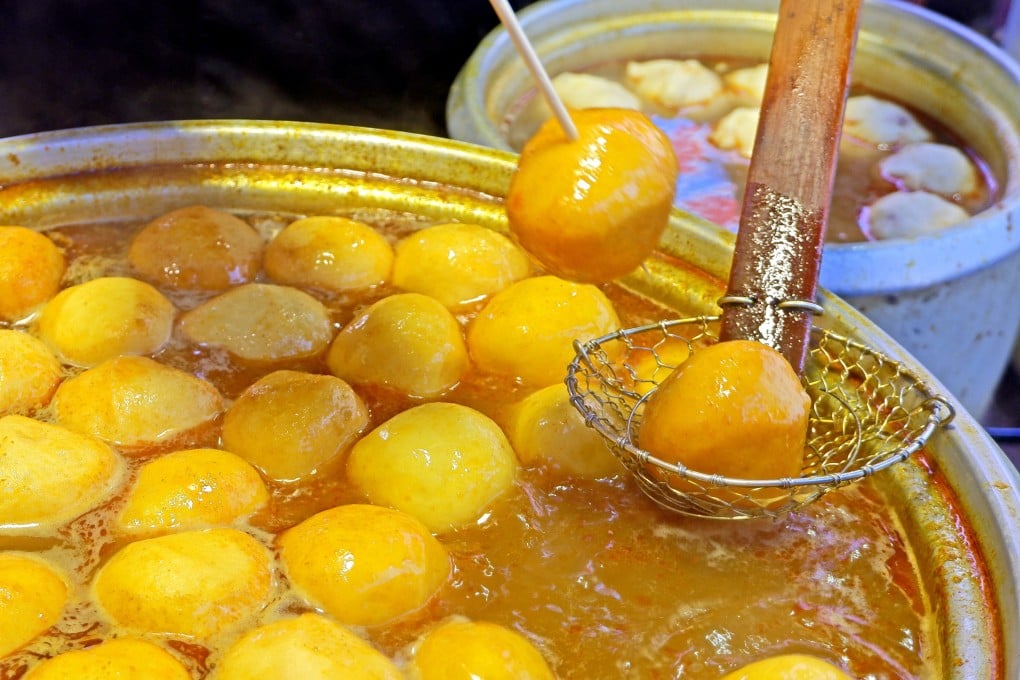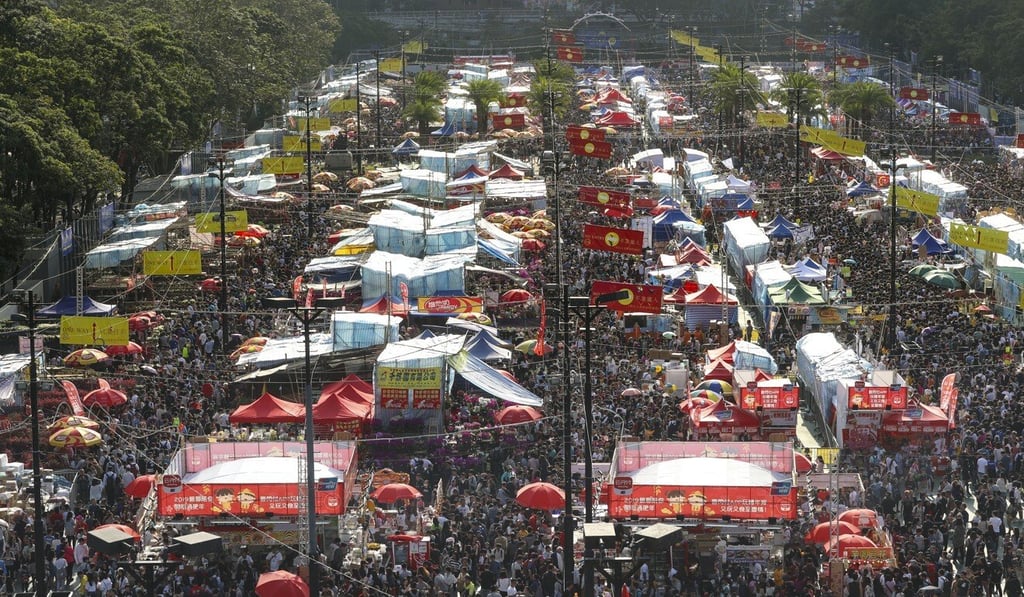My Hong Kong | The iconic snack that is Hong Kong: the humble fishball mirrors city’s highs and lows, from its economic triumphs to its gritty underbelly
- Nothing symbolises our city like the image of someone holding a skewer of fishballs dripping in curry sauce, but the ubiquitous snack is more than just street food, it is a symbol of prosperity, politics, and even sex

For as long as I can remember, the fishball, or yu daan, has been the iconic street snack of Hong Kong, and it’s also the story of the city and its people.
If I had to choose one image that truly represents this city’s life, it would be of someone holding a skewer of fishballs dripping in curry sauce. This simple image is quintessentially Hong Kong.
The beloved and humble snack encapsulates the unique, yet quirky spirit that makes up the one-of-a-kind Hong Kongness.
Fishballs have seen the city through its many decades of growth, decline and recovery, and will continue to be a popular staple as Hong Kong undergoes turmoil and transformation.

They are more than just cheap bites to Hongkongers; they play a significant role in our economics, politics, friendships and even sex.
